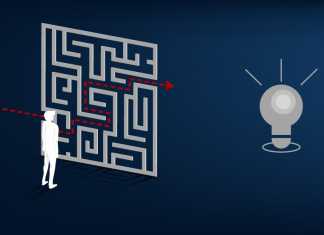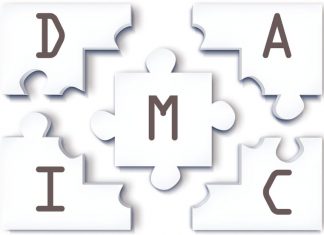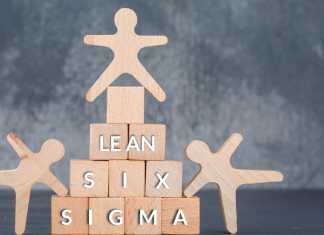10 Steps on How to Implement a Quality Management System Successfully
The implementation of a quality management system is both a science and an art. It uses information, but also requires the ability to get people involved. It takes an analytical approach, but innovation is also...
Effective Six Sigma Defect Reduction Techniques
Six Sigma is a leadership strategy guided by evidence utilizing particular methods and methodologies that contribute to fact-based decision-making. The DMAIC (Define–Measure–Analyze–Improve–Control) approach to addressing the fundamental issue of reducing procedure variability is something...
How to Use the Fishbone Diagram for Root Cause Analysis
In the 1960s Kaoru Ishikawa discovered the fishbone diagram. He was a Japanese teacher and a quality management lecturer of his generation. He practiced this tool for the first season when he served with...
Understanding the Zero Defects Approach in Quality Management
Quality Management tools are effective methods of streamlining business activities. While the goal is always to produce better quality and faster results, the cost to the company cannot exceed the benefits. In this article,...
What is Value Stream Mapping? A Comprehensive Guide
In today’s challenging business landscape, enterprises are struggling to meet complex market demands and deliver value to the consumer. It is in this regard, organizations are implementing the Six Sigma methodology to deliver real...
Understanding the History of Six Sigma Methodology
“Six Sigma” is more than just a term related to statistics. It is now the latest buzzword among businesses worldwide as an efficient quality management tool. The technique underscores the importance of customer satisfaction...
DMAIC vs DMADV: Understanding Key Differences
In today’s cut-throat competition world, every organization is looking for a way to get maximum output and productivity at minimal costs. One methodology that has been around for decades and has proved its worth...
DMAIC Process in Six Sigma: Steps, Tools, and Real Examples
Every organization has moments when performance slips, defects rise, or processes take longer than they should. The question is, how do you fix what’s broken without disrupting everything that works?
That’s where the DMAIC methodology...
Effective Lean Six Sigma Waste Elimination Techniques
“Quality” is not just limited to some standardized values. It represents the extent to which a product or service matches the customer's requirements. Six Sigma’s deviations use a bell curve, which encourages the organization to...
What is Lean Six Sigma? Overview & Insights
In a world where efficiency and quality become the benchmarks for success, the demand for methodologies that can deliver both has advanced. Lean Six Sigma, a blend of the Lean method's speed and efficiency...


























